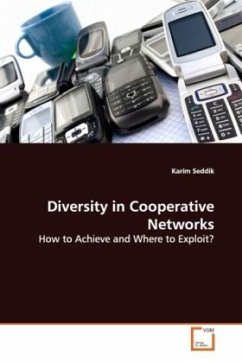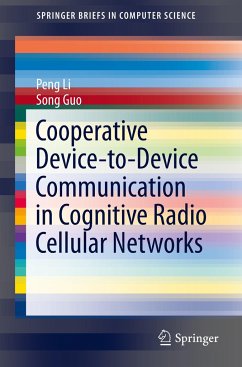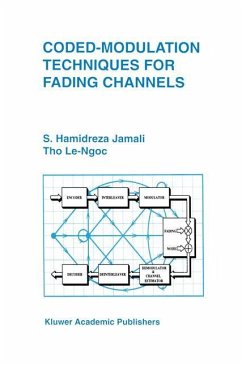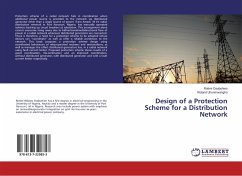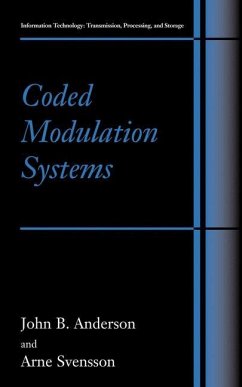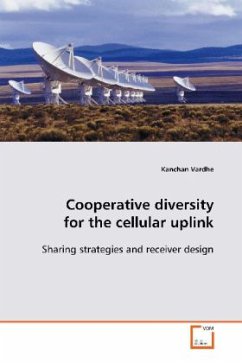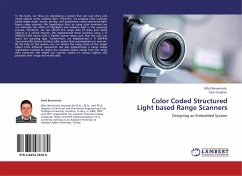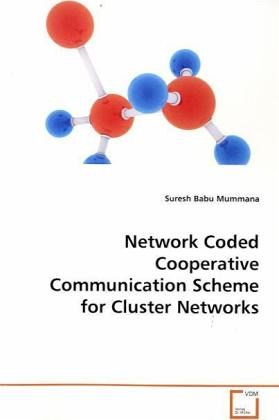
Network Coded Cooperative Communication scheme for Cluster Networks
Versandkostenfrei!
Versandfertig in 6-10 Tagen
32,99 €
inkl. MwSt.

PAYBACK Punkte
16 °P sammeln!
Cooperative diversity technique allows us to create avirtual antenna array, trading off costs - in power,bandwidth and complexity for the greater benefitsgained by exploiting spatial diversity in thechannel. Network coding is a new transmissionparadigm that takes the advantage of broadcast natureof wireless medium and proved its strength inoptimizing, improving the performance and isparticularly suitable when robust operation is ofhigh importance. Our scheme provides distributedmethod that selects the best cooperative relay from aset of N available relays with data from the globalRSSI table to...
Cooperative diversity technique allows us to create a
virtual antenna array, trading off costs - in power,
bandwidth and complexity for the greater benefits
gained by exploiting spatial diversity in the
channel. Network coding is a new transmission
paradigm that takes the advantage of broadcast nature
of wireless medium and proved its strength in
optimizing, improving the performance and is
particularly suitable when robust operation is of
high importance. Our scheme provides distributed
method that selects the best cooperative relay from a
set of N available relays with data from the global
RSSI table to achieve diversity gains to the order of
number of relays in the network. Such diversity gains
translate into greatly improved robustness to fading
for the same transmit power, or substantially reduced
transmitting power for the same level of performance.
The performance of the network coded cooperative
communication scheme is evaluated in terms of the
probability of system outage (Ps) and total power
consumption (Pt).
virtual antenna array, trading off costs - in power,
bandwidth and complexity for the greater benefits
gained by exploiting spatial diversity in the
channel. Network coding is a new transmission
paradigm that takes the advantage of broadcast nature
of wireless medium and proved its strength in
optimizing, improving the performance and is
particularly suitable when robust operation is of
high importance. Our scheme provides distributed
method that selects the best cooperative relay from a
set of N available relays with data from the global
RSSI table to achieve diversity gains to the order of
number of relays in the network. Such diversity gains
translate into greatly improved robustness to fading
for the same transmit power, or substantially reduced
transmitting power for the same level of performance.
The performance of the network coded cooperative
communication scheme is evaluated in terms of the
probability of system outage (Ps) and total power
consumption (Pt).



